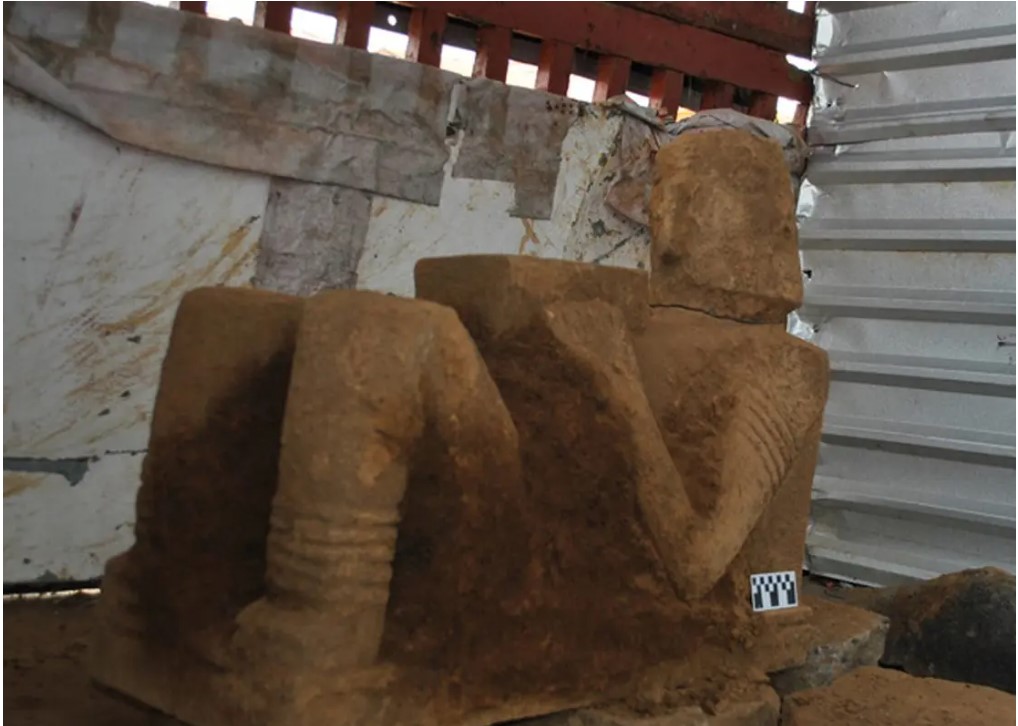Archaeological Revelation: Teotihuacano Village Unearthed in Mexico City’s Tlatelolco Area
Archaeologists hailing from the National Institute of Anthropology and History (INAH) have brought to light a remarkable discovery – a Teotihuacano village situated in the Tlatelolco region of Mexico City. This village, dating back to approximately AD 450-650 during the Classic period within the Late Xolalpan-Metepec phases, corresponds to the zenith of Teotihuacán’s influence in the Mesoamerican landscape.
At this juncture, Teotihuacán burgeoned with an estimated populace of 125,000 inhabitants, rendering it one of the most expansive cities of its time, with an expanse of 18 square kilometers encompassing 2,000 structures.
Initial identification of the village dates to the 1960s, triggered by construction undertakings. Recent comprehensive excavations have uncovered a plethora of artifacts, including architectural components, stone alignments, post holes, and significant ceramic accumulations. Notably, three human burials were discovered alongside their funerary offerings.
Despite its rustic locale, the village likely fostered connections of trade and reliance with other governing centers within Teotihuacán, particularly those situated along the western edge of Lake Texcoco.
As revealed by the researchers, the village’s inhabitants practiced self-sustenance and gathering techniques. Moreover, it served as a hub for crafting high-quality ceramics and artisanal items, underscored by the unearthing of figurines, greenstone artifacts, funerary tributes, as well as obsidian and flint projectile points.
During their exploration, archaeologists discerned evidence of Aztec occupation during the Late Postclassic Period, alongside strata reflecting the 18th, 19th, and 20th centuries AD.
Remarkably, the team also uncovered an intricate network of channels delineating chinampería plots – an agricultural method employed by the Aztecs around Lake Texcoco for cultivating plants and vegetables. Within these channels lay an array of ceramic vessels, a headless seated sculpture, and both complete and semi-complete objects dating back to the Late Aztec III Period (AD 1440-1521).
In summation, the unearthing of a Teotihuacano village within Mexico City’s Tlatelolco precinct is a testament to ongoing archaeological revelations. This discovery not only enriches our comprehension of Teotihuacán’s influence during the Classic period but also provides insights into the vibrant interactions and practices of its inhabitants.




